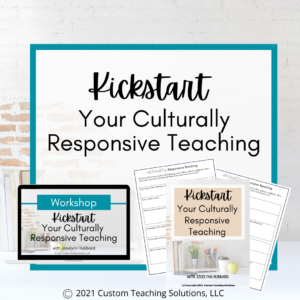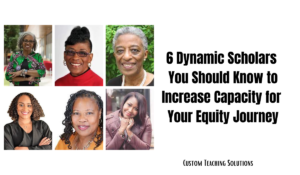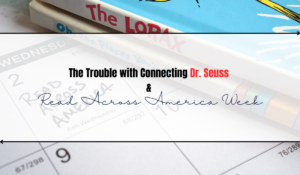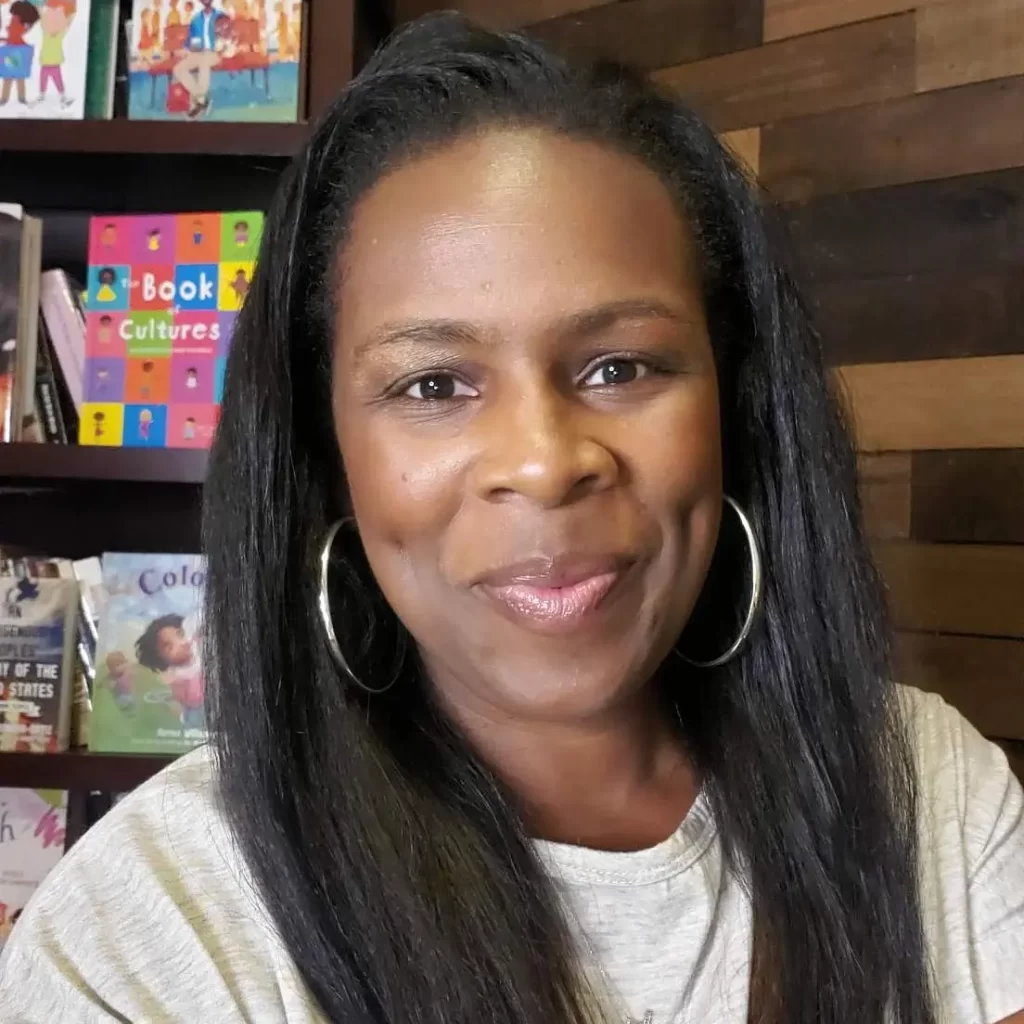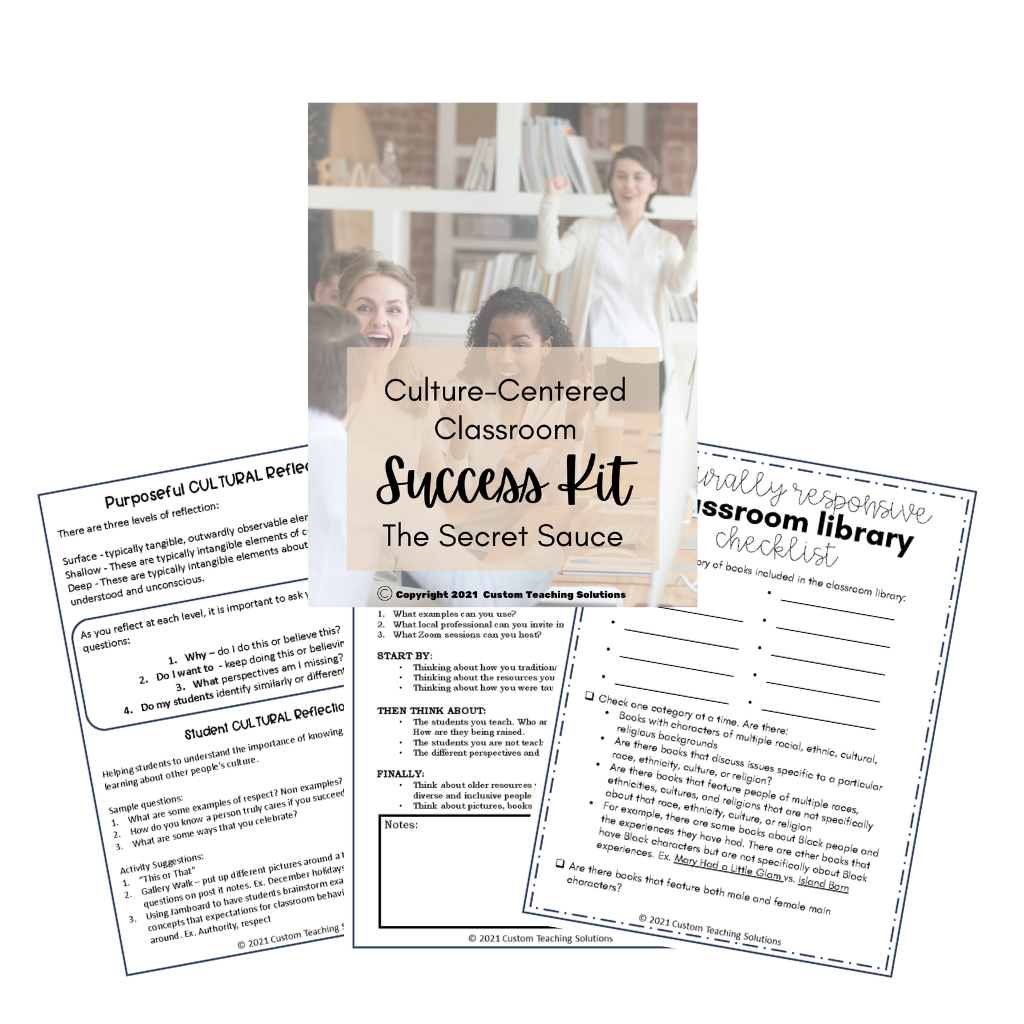Before sharing some tips for creating culturally responsive science lessons, I want to share two definitions of science. Clearly defining words allows for the strong foundation necessary to understand what is needed to make these lessons responsive and relevant.
According to Merriam Webster dictionary science is:
: knowledge or a system of knowledge covering general truths or the operation of general laws especially as obtained and tested through scientific method
: the state of knowing : knowledge as distinguished from ignorance or misunderstanding
I also looked up the word science in the Urban Dictionary for perspective. I think it is important to consider multiple sources when understanding a term or concept.
According to The urban dictionary science is:
A system of understanding the physical universe that is open to adapting to new information, even if that new information means that what was previously assumed to be true has to be henceforth regarded as false.
Contrary to popular belief, a scientist does not (or at least should not) attempt to prove their theories correct, but rather attempt to find any flaw in the theory, so as to gain a better understanding of the fundamental principal being studied.
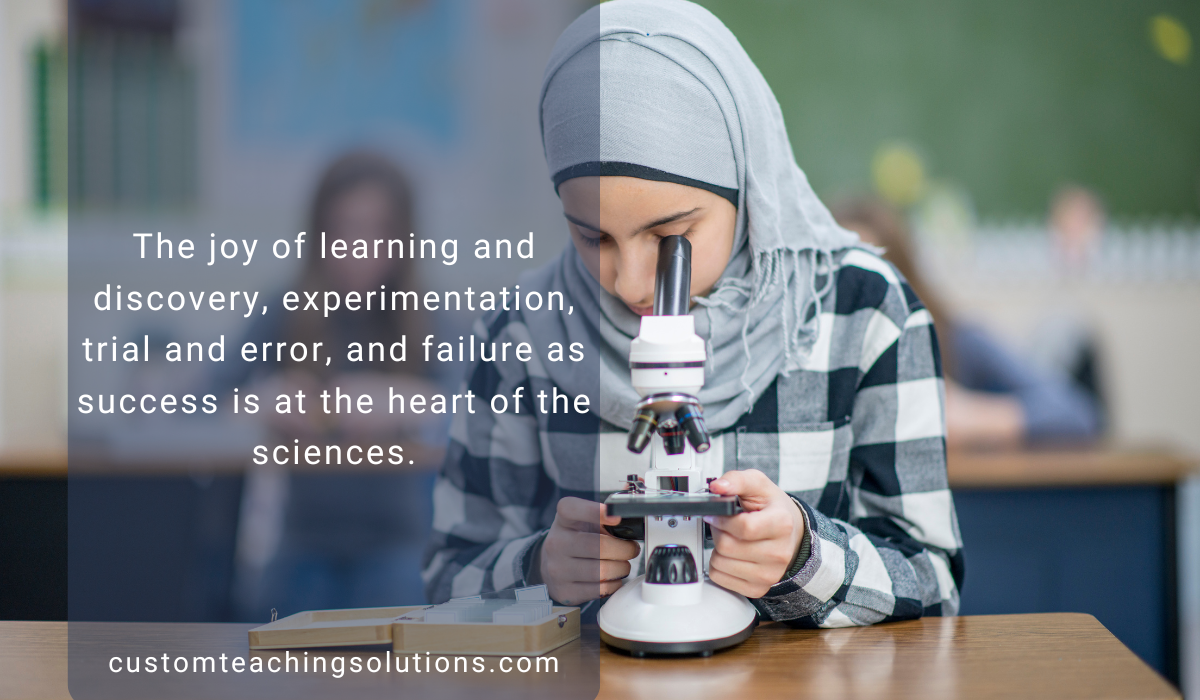
Start with Reflection to Create Culturally Responsive Science Lessons
Reading these definitions and reflecting on student learning, student development, and student growth – connecting these words and their meanings – and the goals connected to them – gives me a new appreciation for science and learning. Thinking about creating personalized learning experiences in the science classroom so all students are affirmed, welcomed and celebrated … so students SEE and are SEEN through instruction. It gives me a new lens through which to view the importance of the study of sciences.
This is why I truly value reflection. It brings awareness. It brings appreciation. It brings about awareness for what should be amplified, shifted, or rejected.
Here is what I love about science. Based on new understanding, new learning, new data, things change. Change. Scientist are always seeking to discover a truer truth. Scientist test theories and hypotheses. Scientist experience a lot of failure, but that failure is characterized as new learning. It is a win because it provides one more thing that can be ruled out.
Through science students can learn so much about the power of discovery and exploration, trial and error, systems, cause and effect, and the theory of change. Why would you want to teach those things in a silo? Each of these concepts can be correlated to life in general and each student’s life specifically.
Establishing this connection will help students see the why behind the what. It will allow them to get invested in their learning in a new and beneficial way.
Life is an experiment. It is through experimentation that we learn the greatest lessons. It is through listening to wisdom however, that we make the best choices. Help students understand how they can do both.
How are you allowing your students to be scientists? Do they understand the role of a scientist? Do they see other scientists that look like and identify in similar ways to them or is scientist synonymous with someone other than them?
So, here are my three tips for creating culturally responsive and relevant science lessons. Pull out the three anchor questions! Yes, I have said it before and I will reiterate it now. These three questions are the simplest way to make sure you are touching on one basic element of culturally relevant pedagogy.
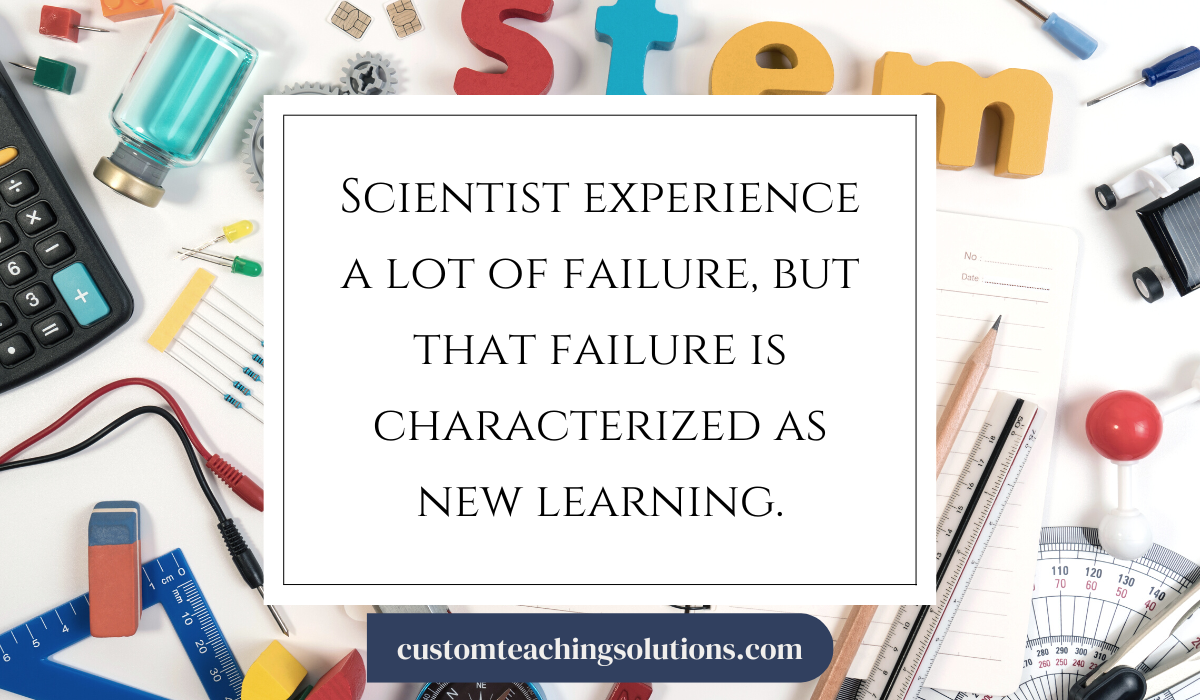
Three Anchor Questions for Culturally Responsive Science
The three anchor questions are :
- What are my students learning about themselves? There are so many ways to consider this question, but for the sake of a start, think specifically about the science content you are teaching and how students are aligning themselves mentally with being a scientist – a biologist, a chemist, a physicist, botanists, etc. How are you facilitating this process from the beginning of the student learning journey in your classroom allllllll the way to the very last day. Showing students a diverse variety of scientists – some that look and identify in similar ways as they do and some who do not is important in forming their own identity as a scientist.
- What are my students learning about their peers? The joy of learning and discovery, experimentation, trial and error, and failure as success is at the heart of the sciences. Different scientists have different theories and are testing different hypotheses. Scientists put their informed hypothesis into the world. They talk about it with other scientists, compare notes, experiment together, build on each other’s research. All of this can and should happen in the classroom. What do science discussions look like and sound like? Establishing norms for sharing, listening, and next steps should be established.
- What are my students learning about the world around them? Science literally impacts every aspect of our world and our life. Our students lives. Every topic and concept should be connected to how it has impacted the world we currently live in. Have students think about how the changes in what we know, the truth, have affected people’s power, perspective, and plans. As students reflect on change and impact, what are they learning about their level of comfort with experimentation, trial and error, and failure as success?

Relevance in action
Here are a few lesson suggestions:
The periodic table of me – Before starting study of the periodic table of elements, let students know that just like them, the elements have characteristics called properties. These properties are indicators of their personality style if you will. “For example, atomic number, boiling point and melting point. As we learn about these elements and their properties I want you to pay close attention to the ones that you feel are most similar to you, metaphorically speaking.”
Once study has been completed, have students complete a “periodic table of me”. Which elements best describe their make up?
Younger learners – If I were a seed – make it a whole analogy. What is the seed in your life? How do you get it to grow into a full grown plant? Water it with what? Where/what is the sunlight?
I will definitely be doing another lessons with impact series, but if you just can’t wait, I am always happy to facilitate a workshop with you and your colleagues.
Check out the many on demand courses, teaching resources, and coaching options available:


